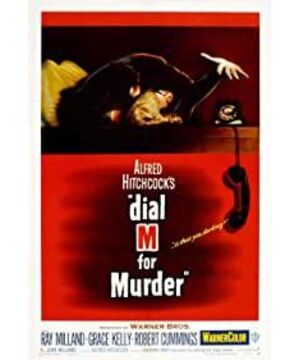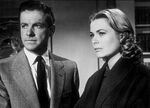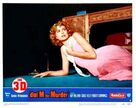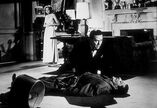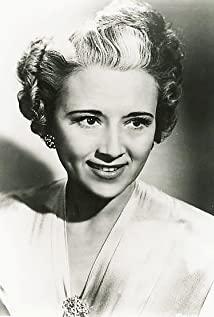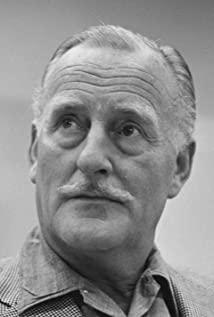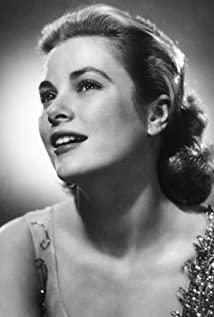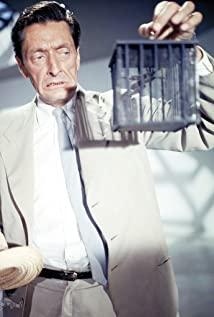Two days ago, I watched the new premiere version of the drama at the Shanghai Dramatic Art Center. I felt that it was generally good, but there were some flaws in some places. Although I have heard of this movie before, I have never seen it, so I am curious about how the movie is, how many places have the drama been adapted, and which version is better? When I got home that night, I brushed the movie again. Although the film is 60 years old, there is nothing uncomfortable about watching it. As a suspense film, it can be said that basically every line and every scene in the whole film is related to the case in the story in 105 minutes. There are no extra lines and small chats, and even the ending is short and clean, without delay. The structure of the story is very similar to that of a classic Japanese drama, Kobata Ren Saburo. Of course, this Japanese drama was born forty years after the movie. It is also the perspective of the perpetrator, and the same shrewd police detective finds details through questioning and observation of the suspect and makes him confess his guilt. In the end, the criminal confession ends without any unnecessary follow-up development. The film is called The Phone Murder, and the phone is a very important element in the murder plan in the first half of the film. It is also arranged that the watch fails to carry out the plan on time, causing the killer to almost give up and leave. The phone rang at the last hour. This scene It also deliberately added a shot of the internal structure of the phone to highlight the suspense when making a phone call. Although the murder started as planned, an unexpected situation occurred that made the murderer the victim. Although the plot of anti-kill is not uncommon in detective suspense themes, this plot completely changes the development of the second half of the film. I think a good reversal should be 'unexpected and logical', that is, it happens at an unexpected moment and the cause and effect are logical, not a setup that is reversed for the sake of reversal. Then speaking of the drama version, when I finished the movie, I found that the lines and plots of the original drama version basically remained unchanged, and the only stage scene in the drama version was exactly the same as the movie. I don't think it's necessarily that the drama guide screenwriter is lazy and doesn't strive for progress, but that the scene script of the movie has reached a level of near perfection (although the overall story is not necessarily a perfect story), and any additions, deletions and modifications to the script are superfluous. Moreover, more than 90% of the shots of the movie happened in one room, which is very suitable for adaptation into a drama (basically there is no need to change the stage set in the middle). And after watching the two versions, the details of the movie version are even better. For example, when the heroine uses scissors to kill a man, the performance of the play is that the heroine accidentally grabs the scissors and stabs the opponent's back to kill the opponent, so the audience may question whether a woman's strength can kill the opponent with one blow? In the movie, a close-up of the scissors piercing was added. In fact, the scissors did not penetrate deeply at the beginning. , but the man fell and landed on his back, piercing the scissors deeply and causing his death. This seems a lot more reasonable. The director of the play may not have ignored this detail, but it may have been deleted because it is difficult to express on the carrier of the play.
If there is a downside, it's that the story is too traditional to be considered novel even a few decades ago.
View more about Dial M for Murder reviews


